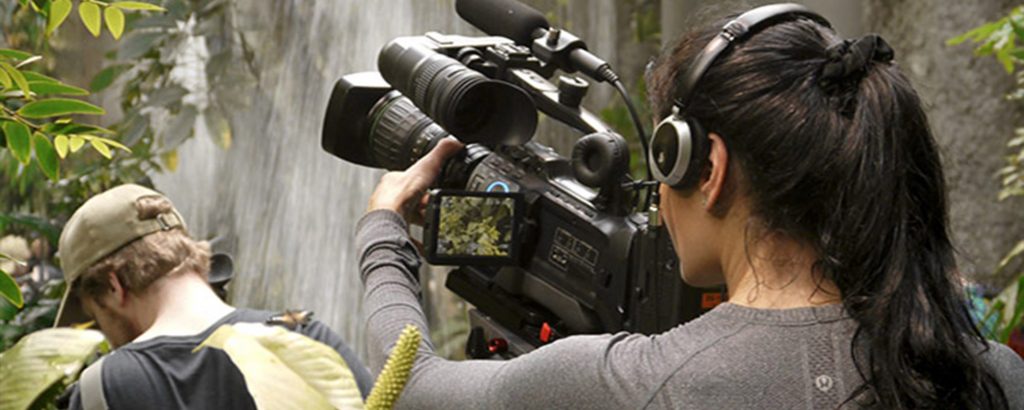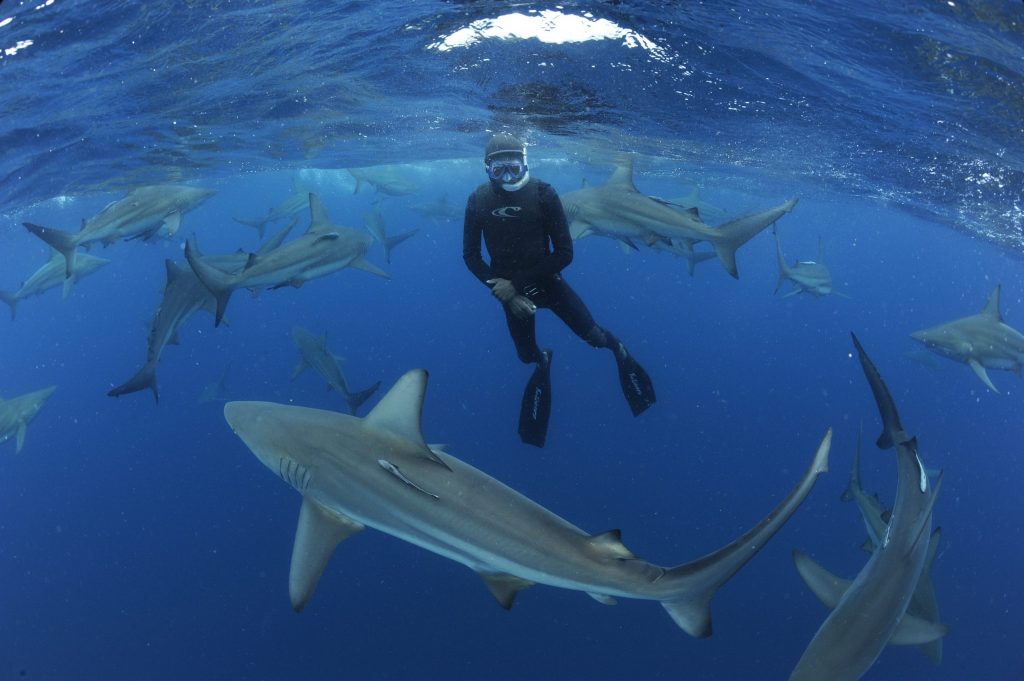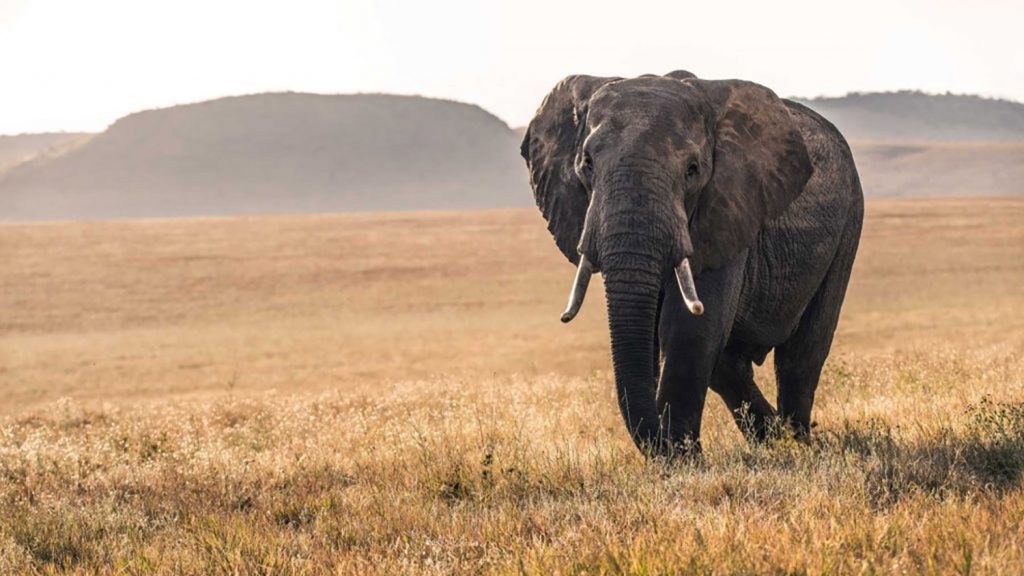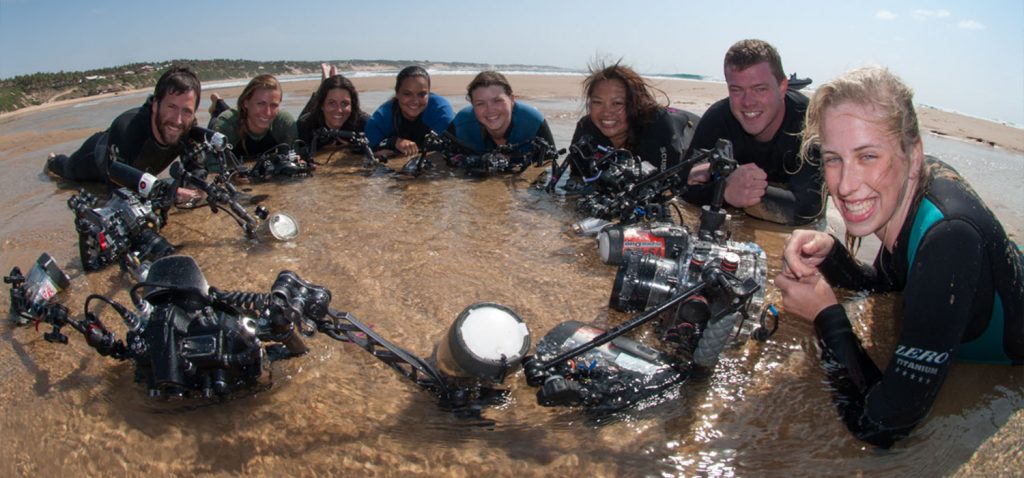Learn vital skills for shooting under the waves. A hand-selected team personally trained by renowned uw photographer Fiona Ayerst will guide you through these essentials. Come to tropical Mozambique or adventurous Durban.
Acquire the knowledge and practical skills required to master the art of underwater photography and videography while exploring the incredible diversity of the stunning coral reefs of the warm Indian Ocean. The course uses dSLR cameras in Sea&Sea housings; DSLR and panasonic video and GoPros together with exceptional LED lighting and accessories.
Developed by internationally acclaimed underwater photographer, journalist and conservationist Fiona Ayerst, this course will empower students to see and explore the underwater realm in a totally new and intimate manner. We focus on becoming part of the marine world; using specialised breathing techniques and capitalising on the natural curiosity of the marine inhabitants. Fiona’s team will teach you how to capture the perfectly exposed and composed images and film. Creativity and new techniques are key.

What do I get out of the program?
The underwater videography program is aimed at assisting in the development of students who are interested in advancing their underwater videography skills to a professional level, whilst enjoying some of the most incredible SCUBA diving that Africa has to offer. Participants will be able to walk away with a professional-level video portfolio that will showcase their ability to film the marine world.
What does the course fee include and exclude?
What does the course fee include?
Accommodation, 3 meals per day (light lunch), expert instruction in underwater videography, use of high-quality video cameras/housings/lights, 18 dives/snorkels, use of SCUBA equipment, all air fills, transportation to/from Durban Airport, internet.
What does the course fee exclude?
Additional recreational dives, any SCUBA certification you need or wish to pursue, Nitrox, laundry service, tourism excursions, extra food and beverages, alcoholic beverages, international and domestic flights, and tips for dive staff.
If you choose to arrive early (before the 1st) or depart late (after the 28th) then we will ask an additional daily fee to cover additional accommodation. Food is not included on additional days.
Can I cancel once my place is confirmed?
Due to the number of applications received and limited places, we unfortunately do not accept all applying students. Therefore, we do not welcome cancellations or date changes after the final confirmation has been completed. Please make sure that the dates you indicate in your application form suit your own schedule/budget before applying.
We request that a non-refundable $750 USD deposit is paid within 14 days of being accepted into the program as confirmation. The remaining fee must be paid in full 30 days prior to arrival in South Africa.
Am I eligible?
The course is open to all qualified SCUBA divers and those wanting to learn. For non-qualified divers, you must gain a minimum open water dive qualification prior to arrival. Alternatively, you can arrive at the program two weeks prior to gain qualification and practice in SCUBA diving.
I am not SCUBA certified - can I still attend?
This program requires that you are SCUBA qualified and have some experience SCUBA diving.
If you are not yet qualified, you can join the program and arrive 2 weeks prior to the beginning to get Open Water qualified and participate in 10 recreational dives for experience. This additional training, meals, and accommodation have an additional cost. If unable to attend for two additional weeks, we can consider a 1-week training package that includes Open Water qualification, 5 recreational dives, meals, and accommodation.
Can I dive recreationally?
Yes, weekend dives can be organized at your own cost.
What is the schedule?
As a student, your routine will include diving and videographing on most days, being tutored in video techniques and free diving, and processing and editing your videos. However, please note that the actual schedule may vary based on several factors.
In general, the month will follow a schedule of 5 days on and 2 days off per week. Again, this may vary, particularly based on the weather and dive conditions.
Fiona and her handpicked team are passionate about conservation and any projects that are available to work on practically, we will certainly be doing so.
How long is the course?
The course lasts 1 month beginning on the 1st (arrival day) and ending on the 28th (departure day) of each month. If you choose to arrive early (before the 1st) or depart late (after the 28th) then we will ask as daily additional fee to cover accommodation. Food is not included on additional days.
Do I require a work / volunteer VISA?
No. You will not be employed by Africa Media nor paid. On this course, you are entitled to enter on a temporary visitor’s permit (e.g. tourism permit). Tourist visas are usually issued for three months/90 days upon entry to South Africa. However, we do recommend that you contact the South African Embassy or Consulate in your country and confirm this fact. If your application period is for a period longer than three months, or if you plan to travel in South Africa prior to or after the course for a period extending 90 days, you will have to apply for a volunteer VISA application through your home embassy.
Who owns the media I collect?
All media (video and audio) collected by you will belong to you. However, the following licensing conditions for collected materials are required:
- Africa Media retains the total right to use the media for any non-exclusive purpose whatsoever free of charge and without requiring permission or paying compensation to the student (including the sale of footage). This further means that the student may only license any collected footage for non-exclusive rights to a third party.
- For filmmaking students and videography students, Africa Media will be recognized as the ‘executive producer’ on your final film.
do I need my own filming equipment?
In terms of underwater video gear, soft diving gear, and underwater housings, participants can bring their own gear if desired. A minimum standard of video gear required is a DSLR, quality mirrorless system, or video camera with two underwater lights. All dive gear and photographic gear is supplied. If you bring your own videography equipment of the standard set out here, a cost break of $250 is offered.
In terms of post-production, you must bring your own laptop to complete editing. This should have at least 8GB RAM and be pre-loaded with Adobe Premiere Pro.
What equipment will I have access to?
All videography and scuba equipment is supplied during the course. This includes the following:
- 6 x Underwater video kits consisting of:
- 1 x Panasonic HVX200 with gates housing
- 2 x Nikon D70 with Ikilite housings
- 1 x Canon 5D mk 2 with Sea & Sea housing
- 1 x Sony RX100 with Gates housing
- 1 x Sony HDR-CX190 with Marlin Marine housing
- 6 x sets of underwater torches – orca torch 3000 – 5000 Lum
- Full scuba kits including a full range of standard wetsuit sizes
Where will I be staying?
You will stay in Scottburgh, South Africa, at the famed shark diving company – Blue Wilderness. Diving will be in Aliwal Shoal off the beautiful KwaZulu-Natal coast.
Blue Wilderness address – 34 Edgerton Road, Freeland Park, South Africa.
What information do I need to make my travel arrangements?
If you are travelling by plane, please fly to George Airport, South Africa. We will pick you up and drop you off at George Airport.
If you are travelling by bus, there is a bus stop in Mossel Bay just a few minutes from the guest house. We will pick you up and drop you off.
What are the arrival and departure dates?
Pickups and drop offs will be organized by Africa Media for you on the 1st day of the month (for arrivals) and the 28th of the month (for departures).
The program begins with paperwork and orientation on the 1st of the month. There is no need to arrive prior to the 1st; however, arriving earlier in the day is preferable, as it gives you some time to settle in before the course begins.
You can schedule your departure for any time on the 28th.
Do I need travel / medical insurance?
Yes. When you are accepted into this program, you agree to our liability and copyright documents, as well an agreement that you are knowingly partaking in potentially dangerous activities. You will not be covered for accidents or illnesses, so please do organize your own medical and health insurances. You may apply for a normal travel insurance policy. Chances that you will be injured by a predator are very slim if you follow the safety guidelines and do not try anything foolish of which we would not approve. However, you will be working on a boat in conditions which can, on occasions, be less than comfortable. Accidents may occur, so it is important to be covered in case of an emergency or accident. Be sure to have an insurance cover for your entire stay in South Africa. SCUBA divers also need to be insured by the Divers Alert Network (DAN).
What do I need to bring?
If you are getting ready to pack, here is a rough packing list of items you should consider bringing.
Clothing
- Work clothes. Bring what you are comfortable in, but ensure that you have warm, strong work clothing of neutral colors, solid work shoes such as hiking boots or trainers, a good sun hat with a wide brim and a warm hat/beanie. Gloves can be helpful for early mornings. Bring a tracksuit or something similar to lounge around in during the evenings, which can get cold. Also, face buffs help keep off the cold in the evenings.
- Social clothes. Mossel Bay is a small town, so social clothing should reflect a casual, non-formal style.
- A swimming costume.
Video and electronic gear
- Minimum of 1TB storage hard drive.
- Laptop.
You are more than welcome to bring any personal videography or photographic equipment; however, this is totally optional.
Editing programs
- Adobe Premiere Pro
Miscellaneous
- Toiletries & strong sunscreen (There are also plenty of shops to purchase from.)
- Prescription medication
- Passport & photocopy of passport
- Bank cards (Inform your bank of your travels.)
- Spare cash (rands)
- Phone & cables
- Sunglasses
Our address – 182 Aalwyn Way, Aalwyndal, Mossel Bay, South Africa
do I need extra money?
If you need to do your initial SCUBA course, you will need approximately R5 500 (approximately $300 USD) to complete your Open Water certification. If you would like your Advanced certification, you will need R10 000 (approximately $550 USD) to complete both Open Water and Advanced.
We offer optional weekend trips/activities for all students and interns, including recreational diving beyond what is included in the course. These activities cover a wide range of interests, and costs vary. Cash is required for these bookings. You may bring rands with you, but there are also ATMs nearby. Please note you do not have to go on ANY of these extra trips. This is simply for your information should you wish to participate.
Do I need malaria medication?
No, we are far from malaria areas, and there are no strange African diseases which you could pick up (that is if you respect the same safety rules as anywhere else in the world).

DAY 1-5 (Estimated)
Orientation – arrival and welcome. Day spent ensuring paperwork is completed, living arrangements established and a familiarity tour of the local town/area. Technical tricks are scattered throughout. Each day is full of the practical application of techniques.
Equipment and maintenance – Day spent learning about equipment, how to maintain it, when and where equipment is used and some of the basic settings of the equipment.
Introduction SCUBA Dives – First SCUBA dive(s)without cameras, used to introduce the marine life you will encounter, and also to practice essential SCUBA diving skills necessary to be successful (buoyancy, control, breathing).
Pool and rock pool videography incl. lighting techniques– Day spent using professional/prosumer grade cameras in a swimming and rock pool environment. Essential section to familiarize yourself with controls, camera setup and how to work with a large camera and artificial lights underwater.
Editing and Storytelling tutorials – Learn adobe premier via instructor assistance and video tutorials. Use your footage to start editing sequences. Afternoon to be dedicated to discussions on storytelling techniques and scripting.
DAY 6-9 (Estimated)
Prosumer SCUBA dives – Double tank SCUBA dives using Gopro and light setup for video footage collecting. Focus on locating subjects, using lights, shot selection, and SCUBA controlNote: all double tank dives are subject to sea conditions and the safety of participants.
Prosumer SCUBA dives – Double tank SCUBA dives using Gopro and light setup for video footage collecting. Focus on locating subjects, using lights, shot selection, and SCUBA control.
Interview workshops – Onland lectures on working with human talent and the role of human talent in underwater films. Afternoon workshop on shooting broadcast quality interviews, including lighting, camera setup, audio and setting techniques.
B-Roll and Sequences – including scenics using drones, topside scenics, shooting over and under shots(pool and rockpool) and the variety of shots required to build a professional sequence.
Professional camera dives – Double tank dives using professional grade underwater camera setups with lights. These dives focus on collecting marine wildlife content,’b-roll’ in a variety of shots (closeup, medium, wide angle).
DAY 11-15 (Estimated)
Professional camera dives – Double tank dive using professional grade underwater camera setups with lights. These dives focus on working with human talent and specifically ensuring humans can seamlessly enter into underwater sequences
Professional camera dives – Double tank dive using professional grade underwater camera setups with lights. These dives focus on the collection of marine wildlife footage and underwater scenic and a variety of underwater shots on subjects (medium, wide angle).
Editing – Use footage collected from all previous dives to produce engaging and compelling sequences of the underwater world, with overlaid expert interviews and B-roll. Critique session with the course instructor.
Aquarium (South Africa) expedition – Day to be spent using professional grade and prosumer grade cameras on a specialist trip to the open oceans thank at an Aquarium (South Africa).
Editing tutorials – Spend the day learning editing techniques
DAY 16-20 (Estimated)
Professional camera dives – Double tank dives (if possible) using professional grade underwater camera setups with lights. Dive focus on collecting content of marine wildlife, b-roll in a variety of shots (closeup, medium, wide angle).
Professional camera dives – Double tank dives using professional grade underwater camera setups with lights. These two dives focus on collecting marine wildlife content, b-roll in a variety of shots (closeup, medium, wide angle).
Editing & Lectures
Professional camera dives – Double tank dives using professional grade underwater camera setups with lights. These two dives focus on collecting marine wildlife content, b-roll in a variety of shots (closeup, medium, wide angle).
Career development & Portfolio – Morning to be spent on career development for aspiring wildlife underwater videographers, including the development of professional network, freelancer work, social media marketing, and career opportunities. The afternoon will be spent finalizing your video portfolio and exporting prior to an evening showing of the group portfolios.
.
SCUBA dive sites of Aliwal shoal
During your time at Scottburgh, accommodation, meals and diving facilities are provided by our partner company – Blue Wilderness Shark Adventures and SCUBA Xcursion. Learn more about Blue Wilderness here Our students and staff are housed in the Blue Wilderness Shark Centre, which includes a number of dorms and shared rooms. The shark centre looks out over the sea and is a safe haven to relax in after a day of learning and fun out at sea.
The Blue Wilderness Shark Centre is two blocks from the edge of the ocean. The centre offers free tea and coffee for post-dive relaxing and has comfy seats and hot showers to make your relaxation time more enjoyable. The shark centre offers a full range of gear. Cylinders, BCDs, regulators, weight belts, masks, fins and wetsuits are available for our students. the centre uses 2x8m rubber ducks for diving expeditions operated by SCUBA Xcursion. There is also a compressor on site to fill cylinders.
Shark drift dive
The ‘Shark Drift Dive’ at Aliwal Shoal is one of the most famous and exciting dives in Southern Africa. The dive is a baited dive with a small chum drum that hangs approximately 6m from the surface. Divers drift along using the chum drum as a reference points. Attracted to the smell is a resident population of between 10 and 30 Oceanic back tip sharks. For shark photography, this dive is absolutely a sharky paradise.
Shark freedive
Alwial’s famous blacktip sharks offer free-divers and snorkelers and incredible opportunity to dive with them without being encumbered with SCUBA tanks. Over a course of 1 hour, students can drift down current surrounded by upwards of 20 oceanic blacktip sharks. An incredible opportunity to master photographing and filming on breath hold.
Raggies Cave
Raggies Cave, one of the most popular dive sites on Aliwal Shoal, boasts numerous species of fish, coral and sponge-encrusted rocks in the area make for interesting critter viewing including various nudibranchs, eels, stonefish and much more. The main attraction, of course, is its namesake, the ragged-tooth shark (grey nurse shark) hordes of which visit the reef and hang in the cave and surrounds during the mating season from late May to November. Maximum depth 18m.
Chunnel Cave
Chunnel Cave is the ideal dive site for Open Water Divers that want to experience sharks, turtles, rays and much more. The name comes from the formation in the reef of a large opening on either end forming a cylindrical swim through of around 10m in length, with a bit of a dogleg to the right. To the left of where the cave’s right-hand junction is, there’s a small cavern offering shelter to smaller plankton-feeding fish, such as pineapple fish. Maximum depth 14m.
Nebo Wreck
The Nebo Wreck, having sunk in 1884 sits at a depth of 27m. She turned over and sank in heavy seas with her cargo of railway materials on the 20 May 1884 and is now a national monument. This wooden wreck is fairly intact, having broken into two parts and is an interesting dive especially the swim through at the propeller. On this wreck kingfish, salmon and tropical fish can be sighted. It is one of the few places on Aliwal Shoal where you can lose sight of your buddy because of the amount of small fish in the water. The reason for the wreckage has two rumours: The first being that on her Maiden Voyage from Durban to Sunderland she hit the pinnacles. The second rumour is that she was carrying a heavy load of bridge materials which was incorrectly packed. A rogue wave hit her in rough seas, subsequently pushing her over causing her to overturn and sink.
While the Nebo Wreck sits at 27m your average dive profile is around 17-19m. The wooden sleepers she was carrying can still be seen and they make a home for Natal catfish, harlequin goldies, scorpion fish, rays and much more. While diving, look up every now and then as you may see hammerheads passing or a bull shark chasing down a ray. The dive requires an Advanced Open Water Diver qualification.
Park Rynie Rockpool
On the program, a number of our training Dives and snorkels will be carried out in a huge natural rock pool located adjacent to the Scottburgh shore. The rock pool offers students the opportunity to master Marco photographic techniques and control over the cameras in a calm and controlled environment.
Northern Pinnacles
Northern Pinnacles is best for honeycomb morays and rays, shoals of reef fish and juvenile fish. This dive is on the northeastern end of the shoal, formed by a spine of rock formations that rise up from the sea bed comprising a series of gullies, caves and potholes. Look out for some of the well-camouflaged critters, including leaf fish, eels, paper fish and a school of resident batfish. This is also a good spot to see mantas during the season. This is a shallow reef, which was responsible for the sinking of the MV Produce in 1974 and is attributed to having had a hand in sinking the SS Nebo in 1884. Maximum depth 18m.
Cathedral
Cathedral is one of the most popular dive sites on Aliwal Shoal, known for being a haven for ragged-tooth sharks during the mating season. It’s a large amphitheatre structure with entrance either via the large front archway, through the roof or a swim through. A visually stunning rock formation leads to a crater-like centre forming an enclosed area that shelters divers from the currents and surges. Also look out for various other attractions such as cuttlefish, moray eels and schools of red soldierfish. Maximum depth 27m.
South Sands
South Sands offers great opportunities for spotting large groups of rays and dolphins, which enjoy playing in the openness of this site. It is a large sand patch with fragmented patches of coral reef, great for finding shark teeth. Look up and out into the blue for passing schools of game fish, and other large fish and white-tip reef sharks or even the occasional hammerhead shark. Look in the small ledges on the outskirts for crayfish and natal sea catfish and many colourful nudibranchs. South Sands is also the ideal location to start your drift dive from south of the reef, ending off at North Pinnacles getting yourself acquainted with multiple sites on a single dive. Maximum depth 17m.
MV Produce
The MV Produce is a wreck. It was a Norwegian bulk ship carrying molasses that sank on 11 August 1974 after colliding with the Aliwal Shoal. No lives were lost as local commercial fisherman rescued all the sailors. The true heroes of that day were Tony Janssen, Clive Homes, Piet De Jager and Ross Hitchins. The story goes that the Captain was “napping” at the time of the collision. These four heroes were among the first on the scene along with the SAS Oranjeland (saving 14 crew members) & a South African Airforce Helicopter (saving 3). Our heroes managed to save 17 crew members within 4 hours, about the same time it took for the MV Produce to sink. None of the crew members suffered any injury other than a mild case of shock.
The wreck has started to break up in the last few years and penetration dives are not advised. She is 119m long and lies on her starboard side at about 32m deep. Diving the MV Produce isn’t always entirely possible should the visibility be bad or if the currents are flying. It is also not a site for Open Water qualified divers. The Produce is home to the mighty brindle bass, harlequin goldies, lionfish, salmon and kingfish as well as an abundance of other colourful tropical fish.
Program fees
USD 3900 – 4 weeks sharing
USD 4400 – 4 weeks single
Get Started
We developed this program to inspire and mentor a new generation of underwater filmmakers. Connect with me to secure your place or learn more about the program.





